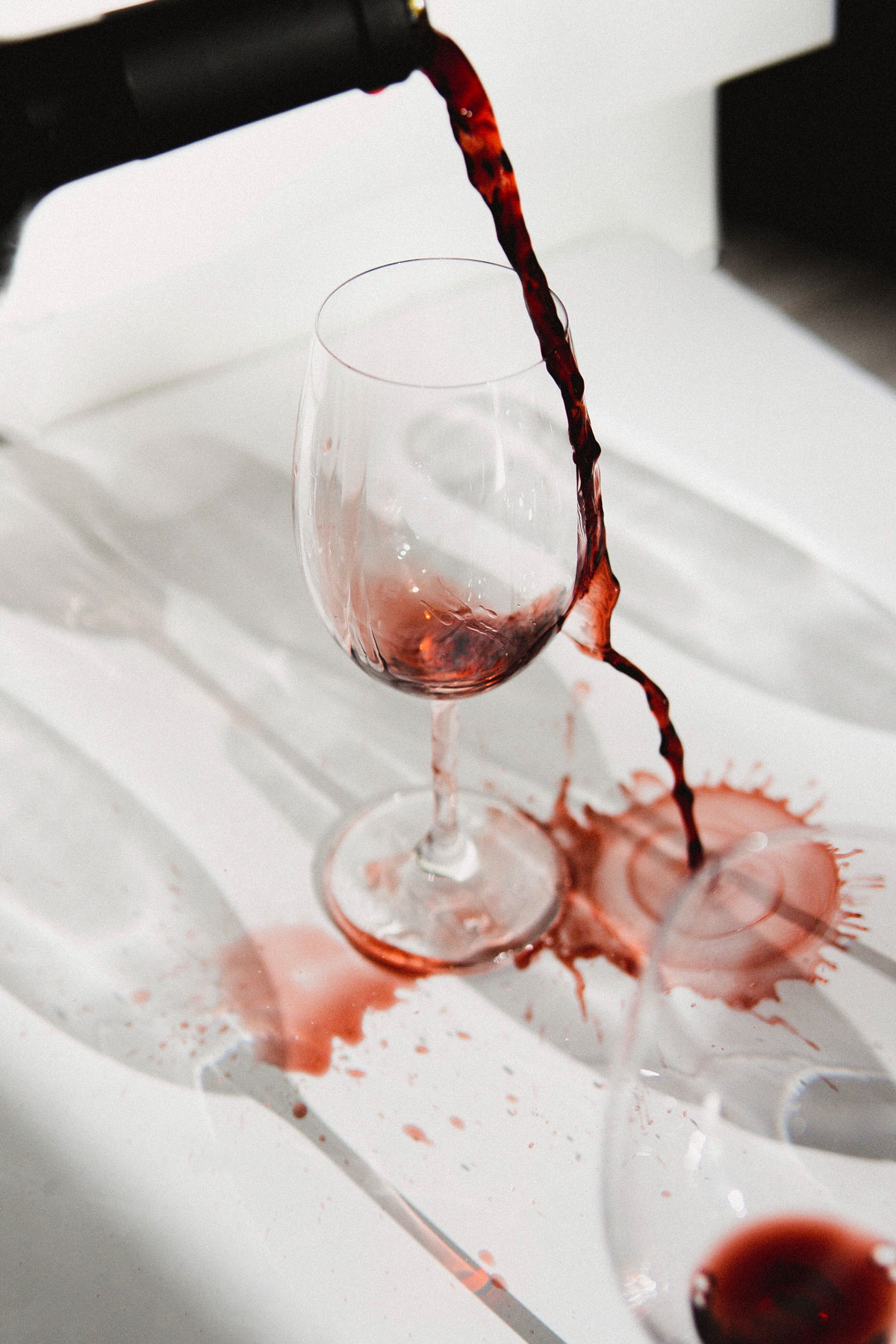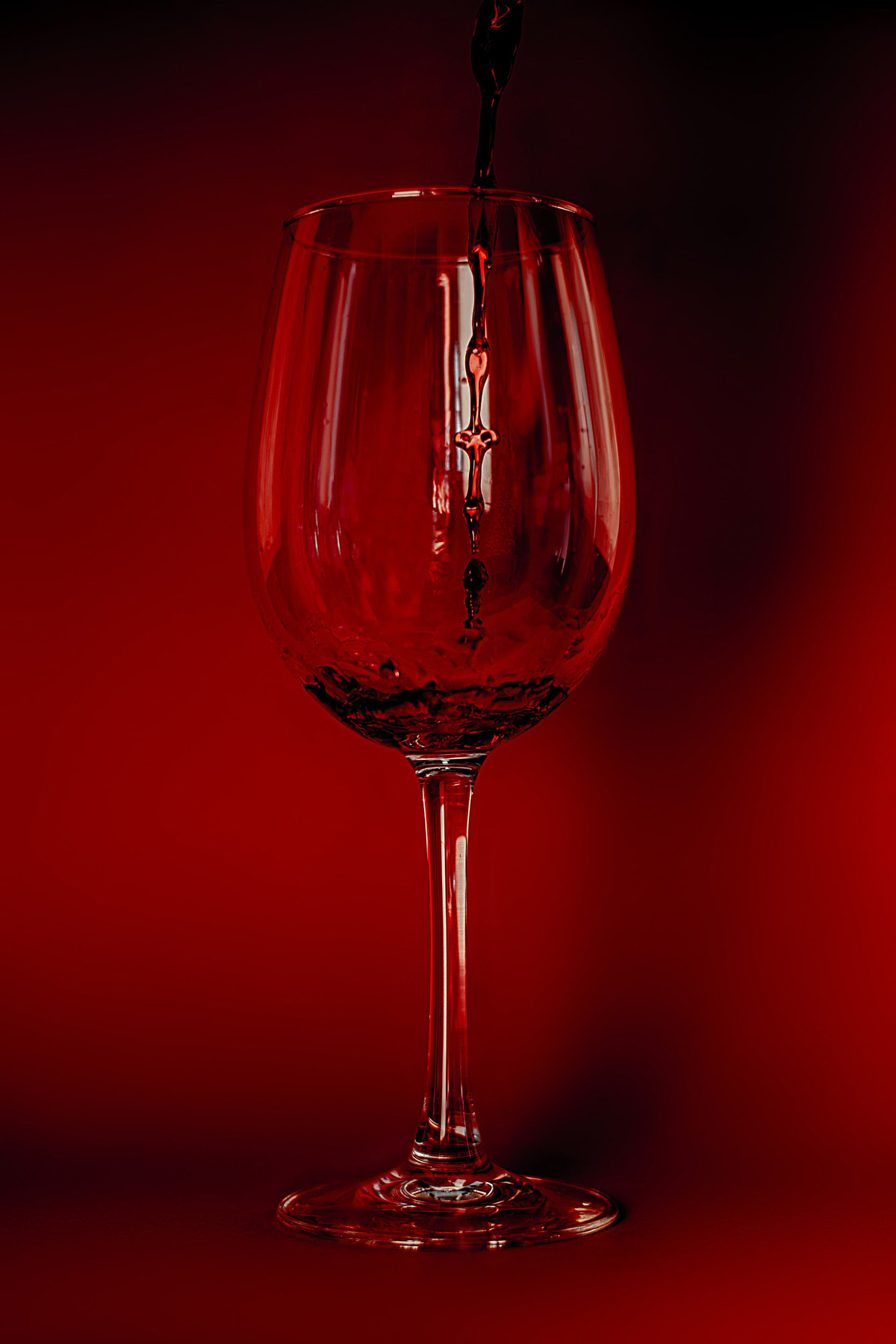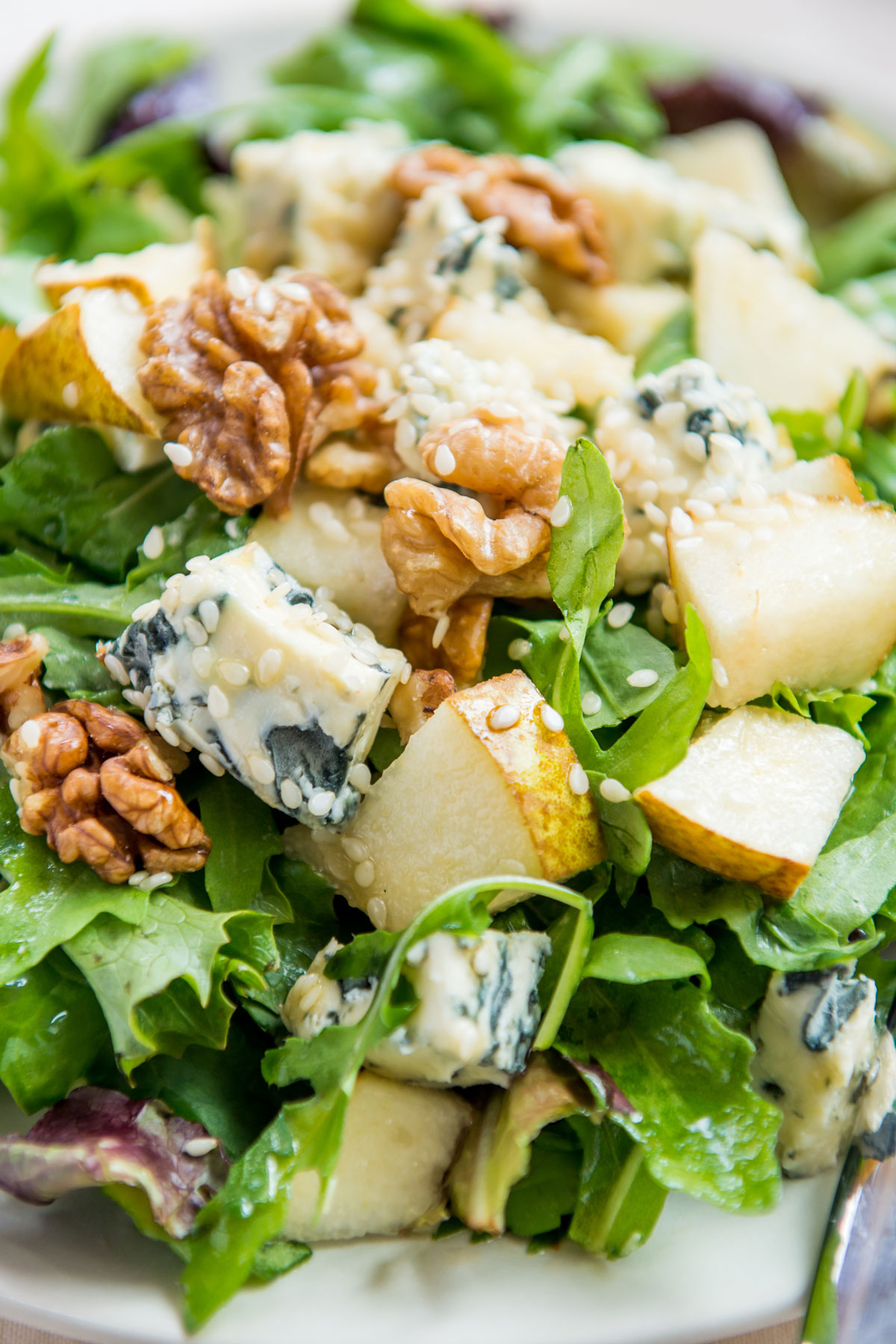
Is beaujolais nouveau really that bad?
“I tried it once and it was horrible.” Last week my partner explained why he has never celebrated beaujolais nouveau day and why I, by extension, have never tried it. And it seems he is very far from being alone with this opion, with the internet supplying plenty of evidence of France’s distaste for beaujolais nouveau.
For non-French speakers, the video features an interview with a group of Russian miners overlaid with fake French subtitles. One miner says that they are alcoholics but prefer drinking antifreeze or urine to beaujolais nouveau, though his friend (the swaying drunk behind hime) likes it.
I read one tweet saying that beaujolais nouveau is the only wine that tastes better when you vomit it than when you drink it.
I was more than curious by now. Is it really possible that France, producer of the world’s most prestigious wines, could not only create such a foul concoction but celebrate it too? And just what is it about beaujolais nouveau that makes it different from other French wines?
The clue is in the name: nouveau. Bojo, as I will henceforth be referring to it, is a new wine, made from the current year’s harvest of grapes. It comes from the Beaujolais region of France, north of Lyon, and is made with red Gamay grapes. Harvesting takes place in around September and bojo day is not long after in the third week in November. For comparison, red wines usually need one year at an absolute minimum before they are ready to be sold. Without this period of maturation, the wine does not develop a complex flavour, tasting instead of boiled sweets, bananas and nail varnish.
Suddenly the memes start to make sense.
Still, the optimist in me doubted that it could really be that rancid. I am a veteran of £3 bottles of Bulgarian wine bought in dodgy Glasgow off-licences – I’m not easily intimidated.
And so, with a certain sang froid, I purchase a couple of bottles of 2019’s brew from Monoprix – plus some saucisson to enhance/mask the taste.

The Thursday night my partner and I try the George Duboeuf (€7.50). Bojo is meant to be drunk slightly chilled at around 13°C (55°F). I stick it in the fridge for a while but realise I don’t have a wine thermometer. I try taking its temperature with an in-ear thermometer but it pronounces the wine to be dead.
We press on with the tasting, pouring small amounts of wine into our glasses, swirling it around and sniffing in a imitation of a skill we haven’t yet learned, like a small girl wearing her mum’s high heels.
The colour of the red wine, I decide, is quite red.

The smell is astringent – perhaps this is an indication of the nail polish to come?
Onto the tasting. It’s fruity, certainly, but I didn’t get any of the fabled bananas. It tasted a bit like wine that had been diluted with water and had a squeeze of lemon juice added. We are underwhelmed but not repulsed. We wash down our saucisson fairly happily for the rest of the evening.
So far, it’s Bojo 1 – Haters 0.
The next night we try the second bottle, a cheaper a cheaper organic wine at €5.90. More swishing in glasses reveals the colour to be “about the same” and the odeur to be like “beaujolais nouveau”.
These revelations established, we press on with the tasting and encounter, for the first time, the wine we had been amply warned about.
It tastes like nothing… except bitter. Imagine sour water and you’re in the right ballpark. That’s not all. It’s also fizzy on the tongue and makes your tongue feel fluffy.
I can’t imagine even the maddest of Russian miners enjoying this.
So why on earth is France trolling us with this wine?
The explanation, like many things in the modern world, seems to be a mixture of tradition, marketing and money making.
In Beaujolais, winemakers have always made a wine to celebrate the end of the harvest. In 1951, the date upon which this wine could be sold to the public was changed from mid December to mid November. The cunning minds of the Beaujolais winemakers association (Union Interprofessionnelle des Vins du Beaujolais) decided to start an event in which winemakers would race to get their bottles of beaujolais nouveau to Paris. The attendant publicity would and did have consumers rushing to the shelves to get their hands on this bojo everyone was talking about.
What they were buying wasn’t the best wine from the region (it’s largely vin ordinaire which otherwise might be hard to shift) and it meant money-in-pocket rather than having to wait a year or more for the wine to mature.
Beaujolais nouveau’s popularity has declined in recent years and it’s not hard to understand why. In my limited experience I’ve tried a passable one and one I would never touch again in my life. Given the abundance of delicious wines available, why put yourself through it?
Though enthusiasm for all things beaujolais was waning, a couple of nights later we open a bottle of beaujolais from 2017. Not a beaujolais nouveau from two years ago – you shouldn’t keep bojo that long – but a bottle from the same region that was created in the standard way, i.e. allowed to mature in casks for a decent stretch.
We drink. Dry but fruity, though it’s cherries we taste, not bananas, and there’s a hint of acidity, not a whole car battery full. It is lovely.
The canny beaujolais-ans are still dreaming up events to capture the public’s attention. Since 1997 there has been a marathon in Beaujolais to coincide with the release of the new wine. This year, 16,000 people took part in the various races from proper marathon to family fun runs. The prize for the marathon winner? Their weight in wine whether they want it or not.
I won’t be taking part in beaujolais nouveau day next year. Instead, I’m going to start my own, counter movement, one that still supports the wiley wine-makers of Beaujolais without making my tongue hate me. Next November I’ll be drinking a decent beaujolais vieux.
Photo by Mathilde Langevin on Unsplash


